Archives
- 2025-12
- 2025-11
- 2025-10
- 2025-09
- 2025-03
- 2025-02
- 2025-01
- 2024-12
- 2024-11
- 2024-10
- 2024-09
- 2024-08
- 2024-07
- 2024-06
- 2024-05
- 2024-04
- 2024-03
- 2024-02
- 2024-01
- 2023-12
- 2023-11
- 2023-10
- 2023-09
- 2023-08
- 2023-07
- 2023-06
- 2023-05
- 2023-04
- 2023-03
- 2023-02
- 2023-01
- 2022-12
- 2022-11
- 2022-10
- 2022-09
- 2022-08
- 2022-07
- 2022-06
- 2022-05
- 2022-04
- 2022-03
- 2022-02
- 2022-01
- 2021-12
- 2021-11
- 2021-10
- 2021-09
- 2021-08
- 2021-07
- 2021-06
- 2021-05
- 2021-04
- 2021-03
- 2021-02
- 2021-01
- 2020-12
- 2020-11
- 2020-10
- 2020-09
- 2020-08
- 2020-07
- 2020-06
- 2020-05
- 2020-04
- 2020-03
- 2020-02
- 2020-01
- 2019-12
- 2019-11
- 2019-10
- 2019-09
- 2019-08
- 2019-07
- 2019-06
- 2018-07
-
Dovitinib Lactate mg br Introduction Glucokinase GCK hexokin
2022-04-20
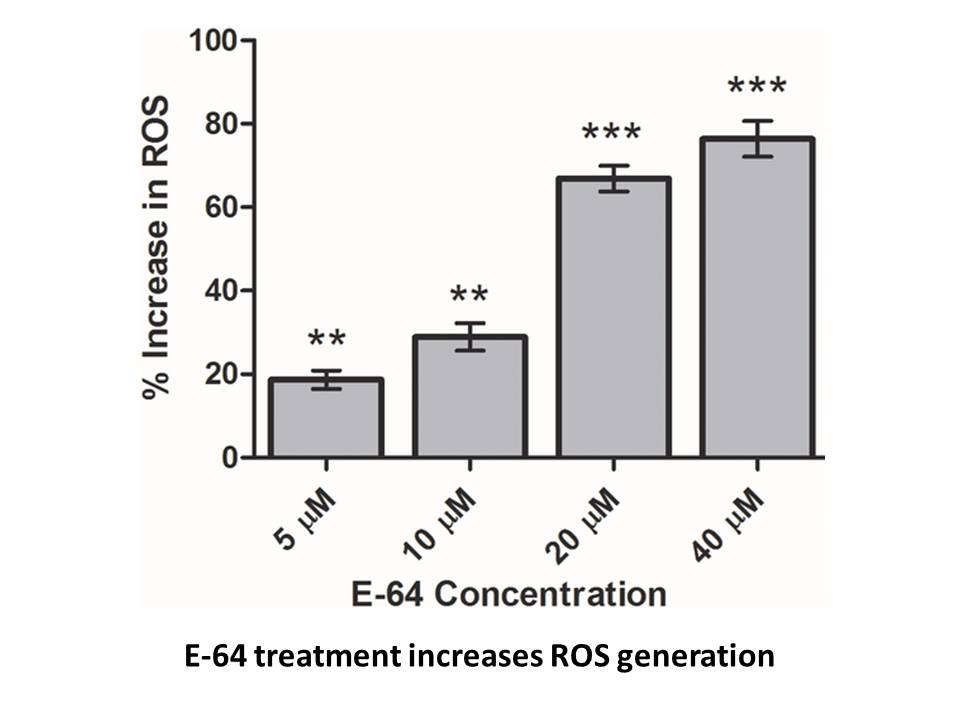
Introduction Glucokinase (GCK, hexokinase IV) is a monomeric enzyme that catalyzes the ATP-dependent conversion of glucose to glucose 6-phosphate, the first and rate-limiting step of glycolysis in the liver and pancreas [1,2]. GCK was first discovered in the early 1960's, and shortly thereafter i
-
Some other neuroinflammatory neuroendocrine and neurotrophic
2022-04-19
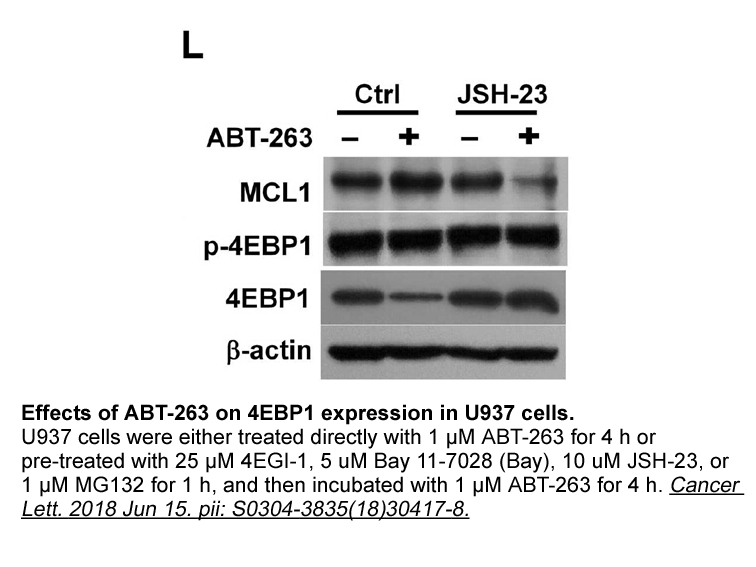
Some other neuroinflammatory, neuroendocrine, and neurotrophic pathway but not the ghrelin/GHSR pathway may mediate the CUMS-induced depression- and anxiety-like behaivors. The endogeous ghrelin/GHSR pathway activated by chronic mild stress may plays a role in homeostasis. With respect to the mechan
-
The first GSM was identified
2022-04-19
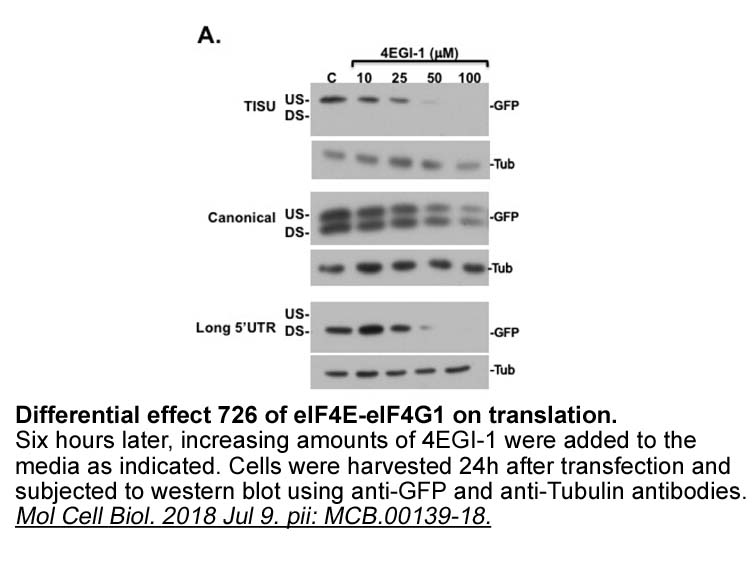
The first GSM was identified from the discovery of non-steroidal anti-inflammatory drugs (NSAIDs). An amyloid reducing GSM that also suppresses inflammation is desirable. Inflammatory response is an invariable characteristic of AD pathogenesis, in part triggered by Aβ. During AD onset and progressio
-
br Results br Discussion In this study we investigated the
2022-04-19
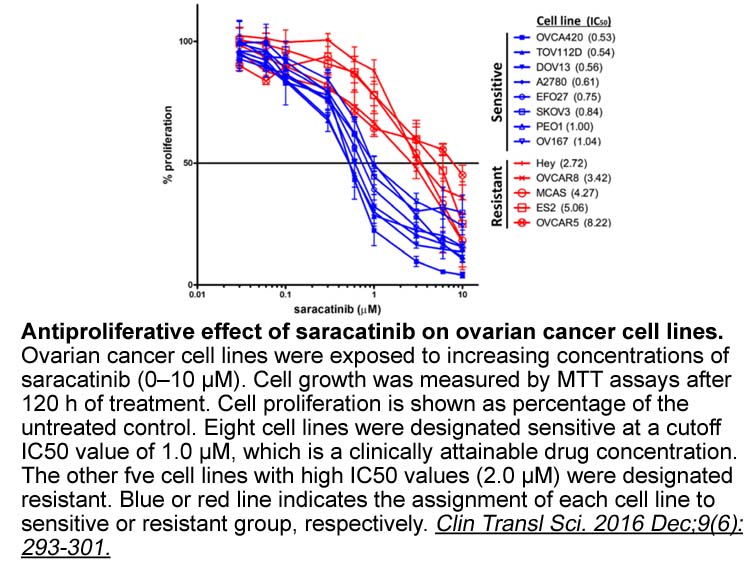
Results Discussion In this study, we investigated the role of galanin and GAL2 receptors on anxiety-like behaviours mediated by the dorsal hippocampus of rats. We showed that locally administered galanin (1 nmol) decreased exploration of the open arms in the EPM, suggesting an anxiogenic-like
-
br Results and discussion br Conclusion In normal and curd
2022-04-19
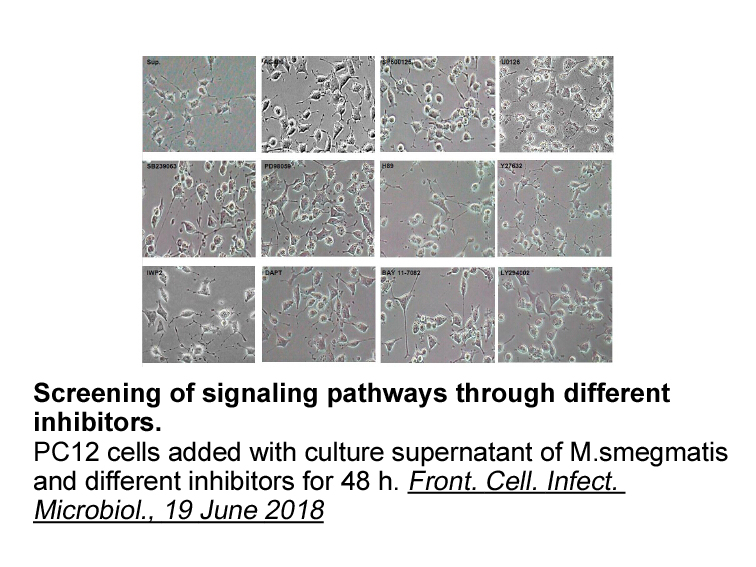
Results and discussion Conclusion In normal and curd coconuts, full-length cDNA and parental genomic DNA sequences encoding endosperm specific AGal were sequenced and characterized. At least, three mutation Papain receptor were identified in CnAGal gene. In vitro expression in K. phaffii show
-
In case where an extreme
2022-04-19
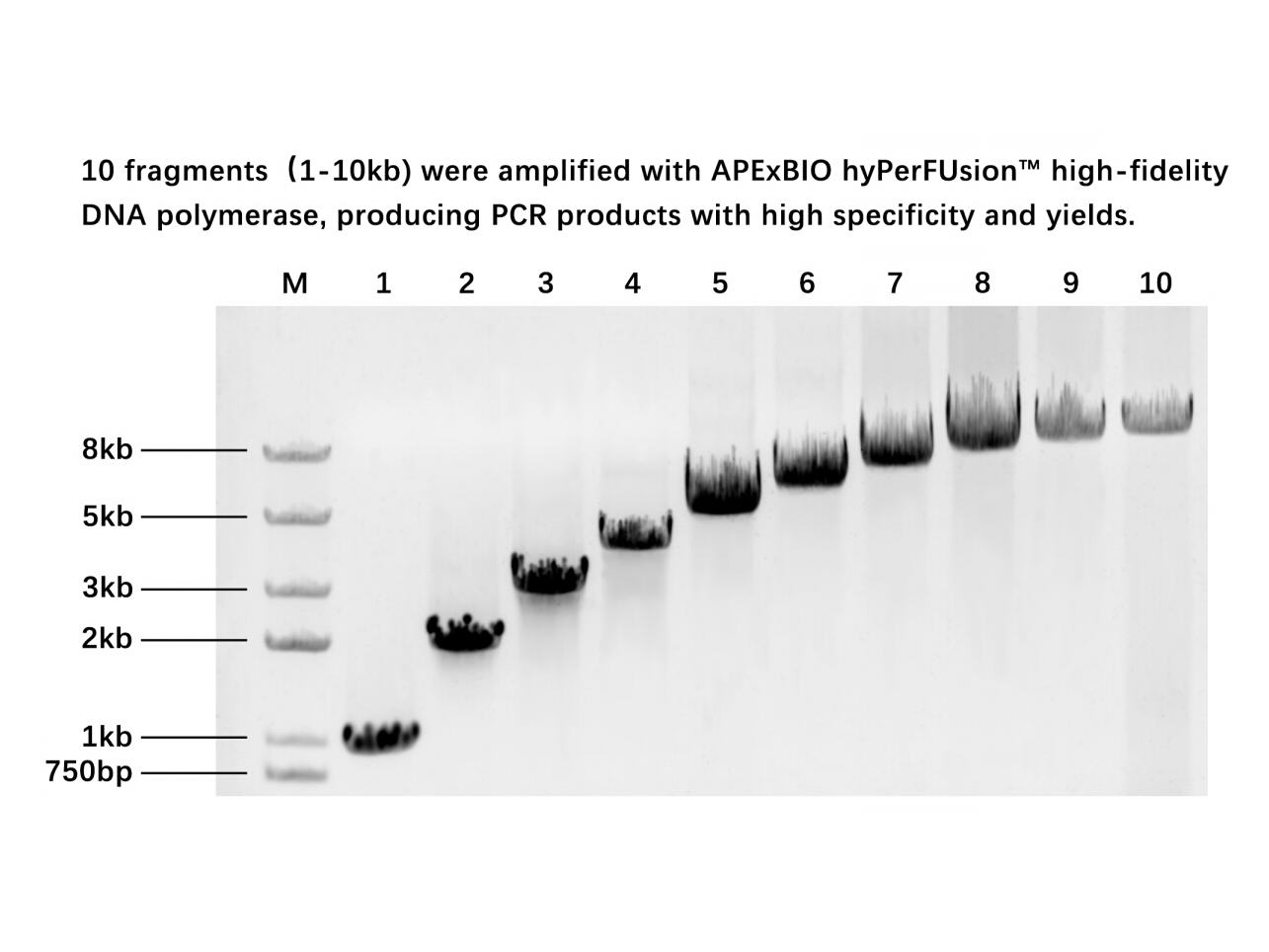
In case where an extreme loop (of up to 45 nt) is allowed, as in G3 + E3 + XX, however, a G3+GQ loop maximum of 3 was adequate to reach high J-statistic. It continued to increase only up to 6 as the loop maximum. (Fig. 1A) Hence we suggest using a G3+GQ loop maximum between 3 and 6 where an extreme
-
In terms of cytotoxicity studies
2022-04-19
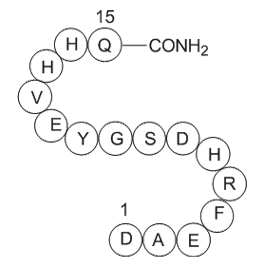
In terms of cytotoxicity studies under two-dimensional cell culture conditions, only two of the above-mentioned publications with liposomal formulations of tyrosine kinase inhibitors reported viability data as compared to respective free drugs. On the one hand, liposomal gefitinib exerted strongly r
-
br Introduction In addition to glucose
2022-04-19
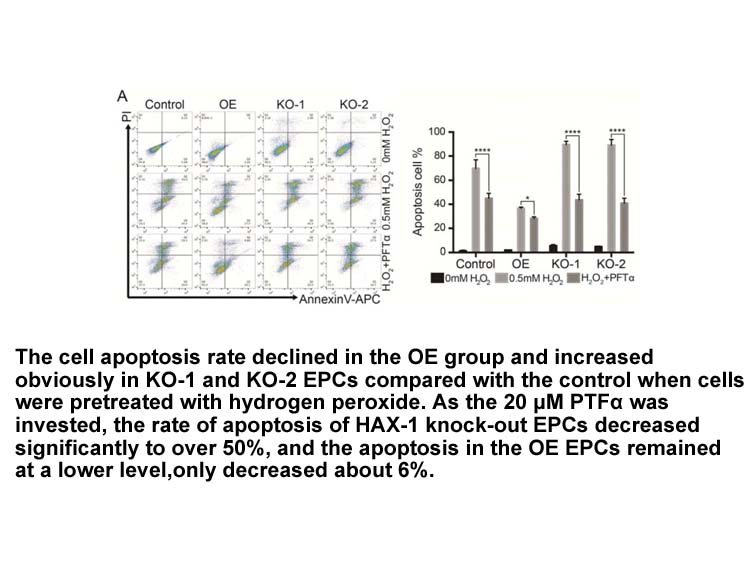
Introduction In addition to glucose, which is the foremost stimulator of insulin secretion in beta-cells, other nutrients such as free fatty acids (also called non-esterified fatty acids, NEFA) contribute to glucose-stimulated insulin secretion (GSIS). Glucose triggers the processes leading to in
-
Defining the cooperation between molecular pathways within
2022-04-19

Defining the cooperation between molecular pathways within highly complex biological systems, such as those between immune cell networks and target tissues is certainly a hard task. Recently, there are many investigations in the pathogenesis of renal graft rejection, one of the most evident investig
-
br Introduction Atrial fibrillation is the most common cardi
2022-04-19
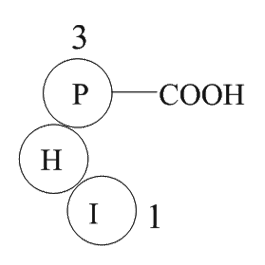
Introduction Atrial fibrillation is the most common cardiac arrhythmia (Benjamin et al., 1998). Pulmonary vein (PV) sleeves contain a mixture of working myocardium and potential arrhythmogenic pacemaker Sulforaphane behaving as an ectopic trigger of atrial fibrillation (Haissaguerre et al., 1998
-
It has been suggested that
2022-04-19
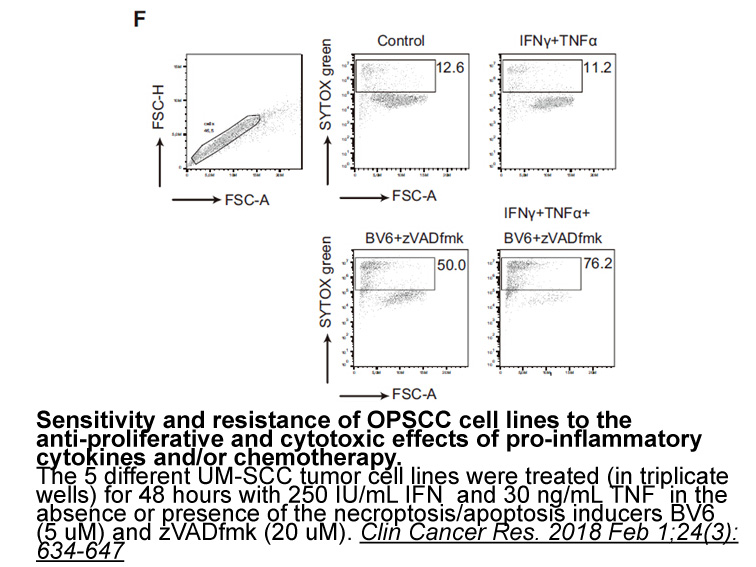
It has been suggested that MAPK (Huang et al., 2013, Uddman et al., 2003, Xu et al., 2008) signaling pathway is involved in the transcriptional upregulation of ETB receptor. The present study demonstrated that treatment with CsA increased phosphorylation of ERK1/2 and p38. Inhibition of ERK1/2 and p
-
br Materials and methods br Results br Discussion This was
2022-04-19
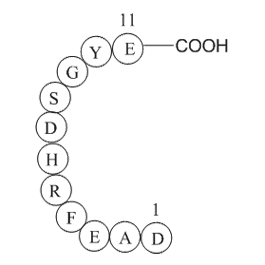
Materials and methods Results Discussion This was the first large study to quantify both total HIV DNA and integrated HIV DNA, which is the main persistent form of HIV [25,26], in samples collected during PHI, chronic infection, and at various time points until the AIDS stage, which was mad
-
The site of metastasis in breast cancer often contributes to
2022-04-19
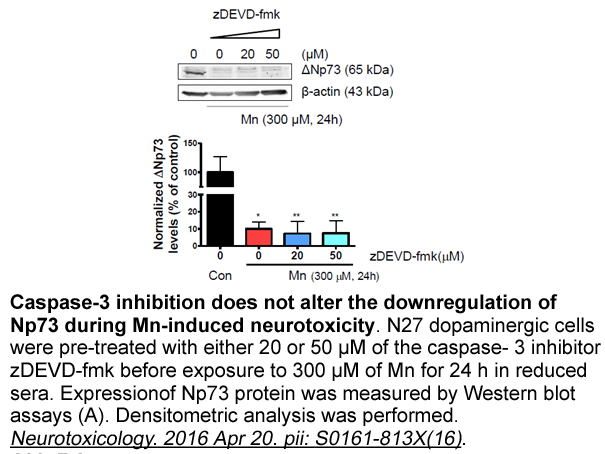
The site of metastasis in breast cancer often contributes to the patient’s OS. Patients with bone metastasis from their breast cancer often have a notably increased survival over patients with visceral or BRD-K4477 mg metastasis. In this analysis, ER+/HER2+ patients were noted to have a higher rate
-
br Material and methods br Results
2022-04-19
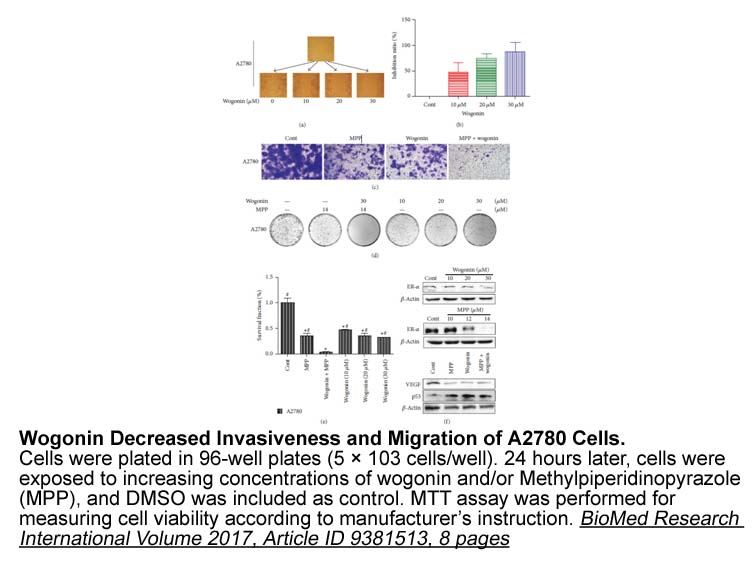
Material and methods Results Discussion Liver plays a key role in the metabolism and detoxification of DON (Peng et al., 2017). However, various DON investigations generated inconsistent results, with some showing hepatotoxicity of DON, while others not. For example, one report stated that
-
It should be noted that one of the two
2022-04-19
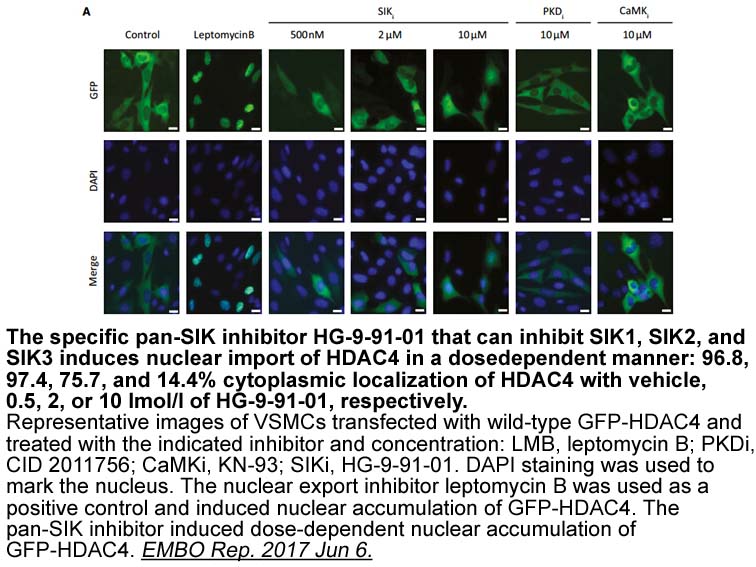
It should be noted that one of the two phenyl groups of 15 is found in the main western pocket and the second phenyl group occupies the western secondary pocket (Ser53, Leu54, and Leu213). The nitrogen of the amide bond is involved in a hydrogen bonding interaction with Asp140. The alcoholic functio
15409 records 477/1028 page Previous Next First page 上5页 476477478479480 下5页 Last page